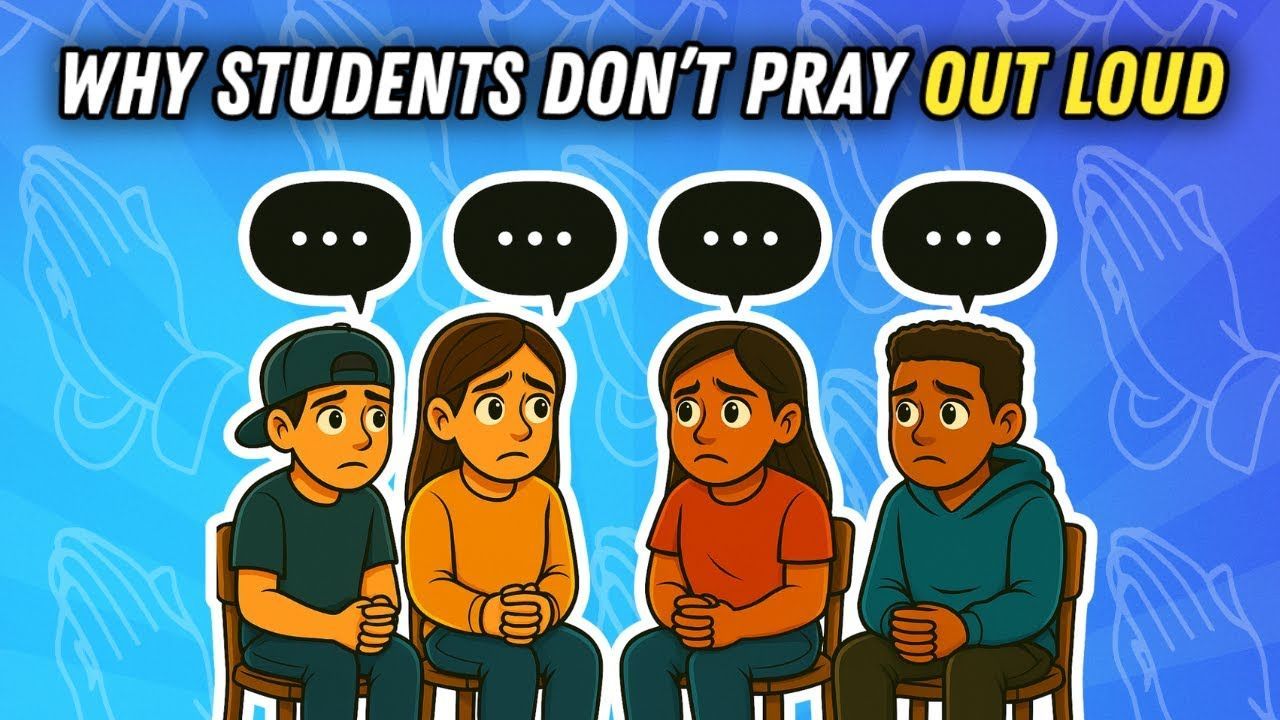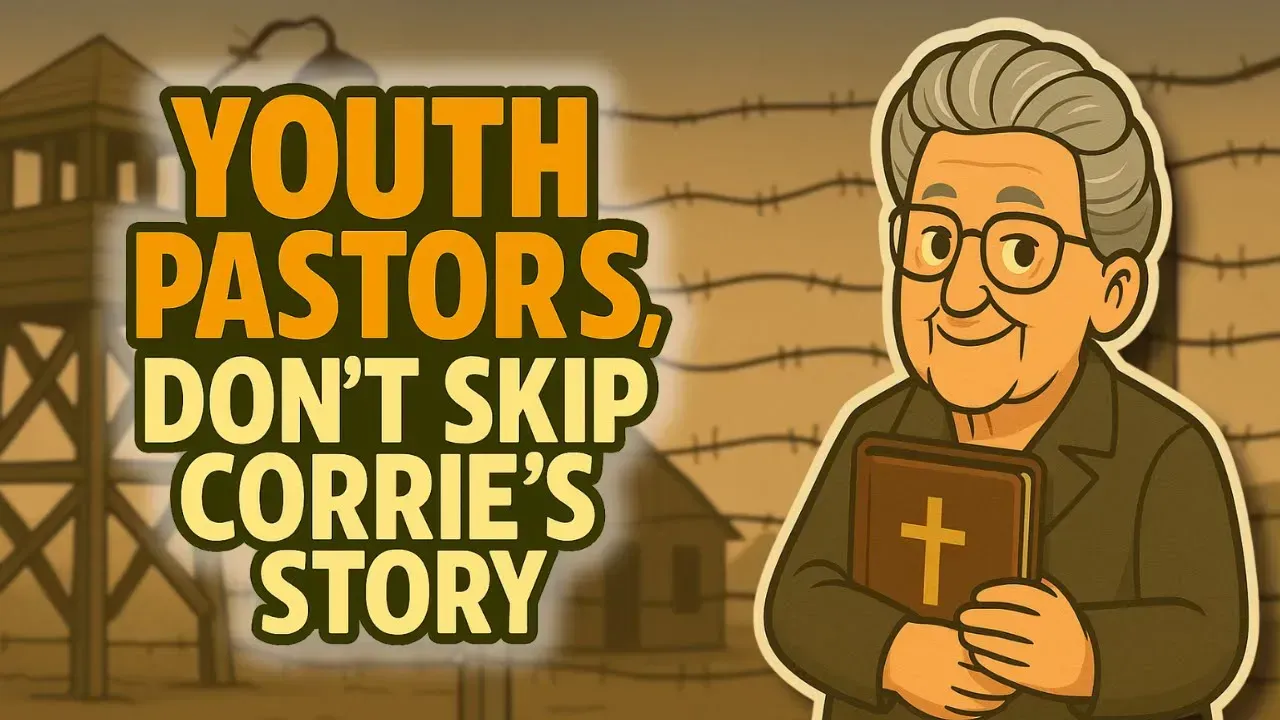5 Reasons Why Students Are DECONSTRUCTING and What We Can Do About It
Why So Many Students Are Deconstructing—And What You Can Do About It
Short answer: it’s usually not about Jesus.
In this episode-to-article summary, we walk through five real reasons students deconstruct and how your ministry can respond with wisdom, courage, and hope.
First, a quick pulse check
- 42% of U.S. adults say they’ve “deconstructed the faith of their youth” (Barna, State of the Church 2025). That doesn’t always mean they’ve left the church; some emerged with a healthier, more biblical faith.
- Among today’s Christians, 37% say they’ve deconstructed at some level.
- Translation: even committed churchgoing people are wrestling. The question isn’t if our students will face these pressures, but where they’ll process them.
The Five Real Reasons Students Deconstruct (and how to respond)
1) Church Hurt & Trauma
What it looks like: abuse, hypocrisy, judgment, leadership failures. The wound is relational, so the fallout is spiritual.
A pastoral frame: “The Lord is close to the brokenhearted…” (Psalm 34:18).
Do this:
- Avoid causing hurt: strengthen policies, train leaders, pursue accountability, and keep short accounts.
- Don’t defend the church; defend Christ. Listen first, validate pain, correct falsehood if present, and gently re-center Jesus’ character and the goodness of His Body when it’s healthy.
2) Poor or Shallow Theology
What it looks like: thin teaching that doesn’t answer real questions or connect to real life.
Scripture: “Rooted and built up in Him…” (Col. 2:6–7).
Do this:
- Marry depth with activation. Teach robust doctrine and put it into practice.
- Let them leave with good questions. Put hard topics on the table (justice, sexuality, suffering, OT ethics) inside a safe, biblical process.
3) Desire for “Freedom” (License to Sin)
What it looks like: moral decisions drive the theology, not the other way around. Pain or “church issues” can become cover for doing what I want.
Scripture: “It is for freedom that Christ has set us free…” (Gal. 5:1).
Do this:
- Show sin’s outcomes, not just its rules. Tell the truth about consequences with compassion.
- Pair grace with clarity. Spurgeon: “Sin is not a toy to play with; it’s a tyrant to flee.”
4) Cultural & Worldview Pressure
What it looks like: social costs for biblical convictions, a slow “drift” through disconnection.
Scripture: “Do not conform…but be transformed…” (Rom. 12:2).
Do this:
- Create positive pressure. Set bold, Jesus-centered visions and give students ownership.
- Normalize courage. In a classic conformity experiment, 80% went with the crowd’s wrong answer—until one person told the truth. Then conformity dropped to 40%. One faithful witness changes the room.
5) Spiritual Warfare & Existential Doubt
What it looks like: identity questions, late-night doubt, unseen battles.
Scripture: “Be merciful to those who doubt…” (Jude 22–23).
Do this:
- Make space for questions (Q&As, dialog-driven nights, small groups that actually discuss).
- Lead with prayer and Scripture, then bring wise resources and mentors into the conversation.
Programming That Meets the Moment
- Two-track rhythm:
- Teach (didactic) midweek with small groups afterward.
- Dialogue on Sundays: play a short cultural claim, let students draft responses, then coach biblically.
- Use outside voices wisely: curate strong apologists/theologians; summarize and contextualize for your students.
A Ready-Made On-Ramp: Mission 126 Evangelism Challenge
What if your students shared the gospel more in one month than they normally do in a year?
Mission 126 (January 2026) equips 1,000 students to have 10,000 gospel conversations—with:
- A media kit, gospel bracelet, and 10 conversation-starting ideas
- A simple way to track and celebrate conversations
- Free resourcing shipped to you (thanks to generous donors)
Fruit from the field:
- Joseph (Philippines): students moved from hesitation to bold witness—online and face-to-face.
- Ryne (Ohio): two new students jumped in; one shy student wrote out a full gospel presentation in a notebook and personally shared with 20+ people.
Why it matters here: activation fuels depth. Evangelism forces students to wrestle with real objections, drives them back into Scripture, and grows holy courage—the antidotes to drift and deconstruction.
Quick Start Checklist for Youth Leaders
- Audit safety & shepherding: policies, training, leader care.
- Plan a 6–8 week “Thick Faith” series: doctrine + practice + Q&A.
- Open the question box: anonymous questions answered weekly.
- Form a Prayer Core: students/leaders interceding by name.
- Join Mission 126: give students gospel reps and momentum.











